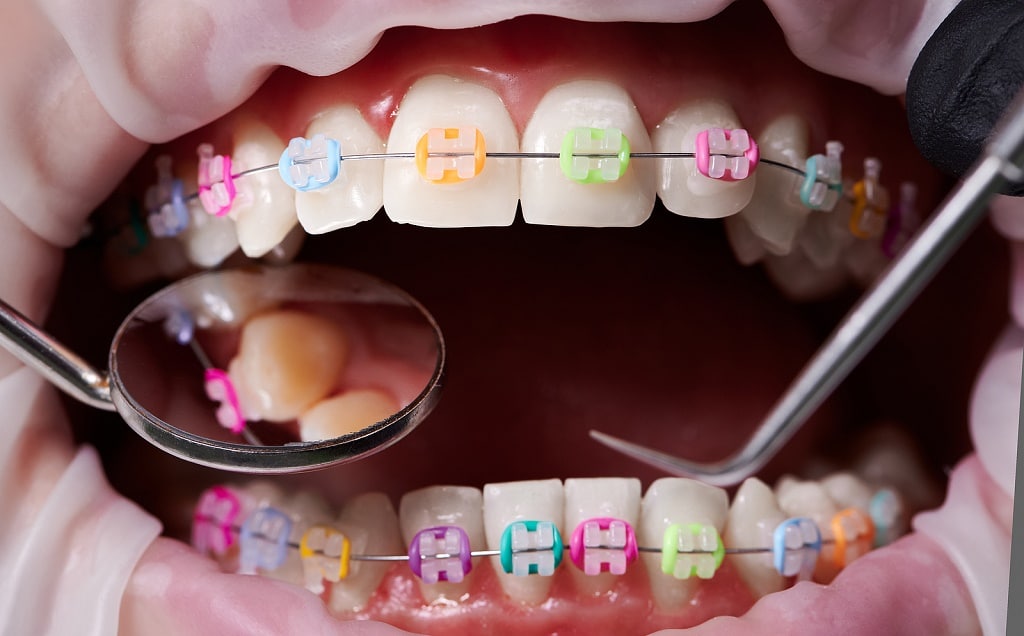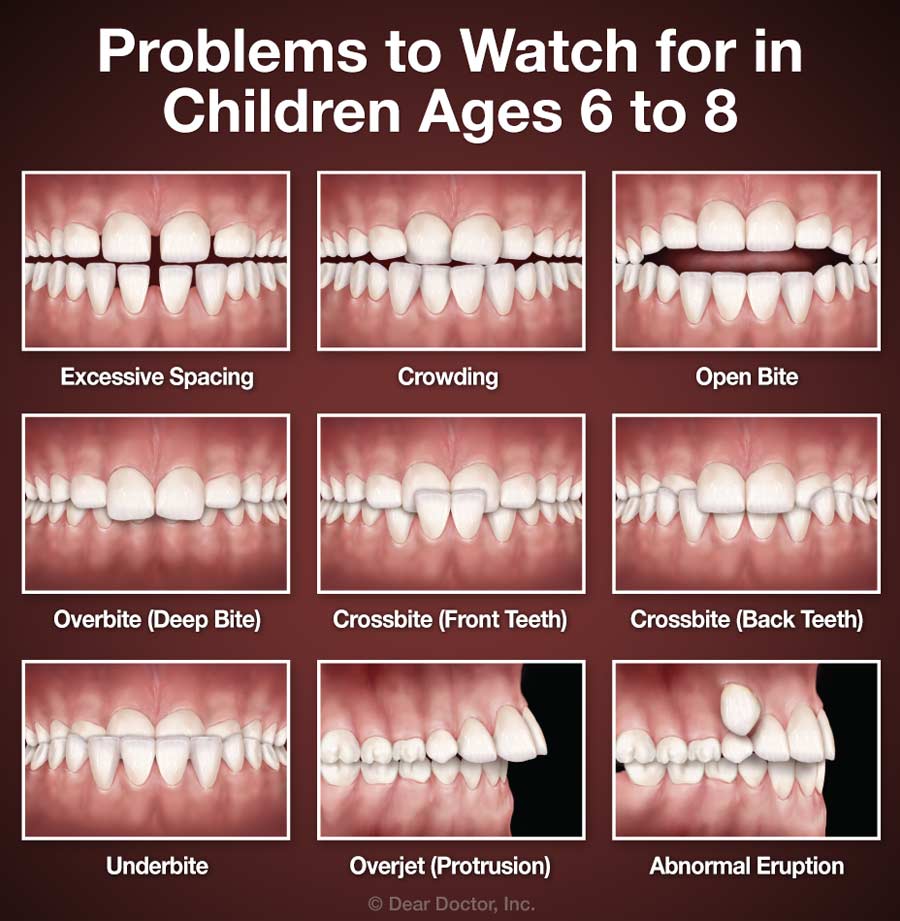Explore Effective Orthodontics Options for a Better Smile
Every Little Thing You Need to Understand About Braces, Aligners, and Retainers
Orthodontic therapies such as retainers, aligners, and braces play a critical duty in achieving a straighter and healthier smile. Each of these orthodontic home appliances serves a particular objective in dealing with oral imbalances and bite concerns. From standard dental braces to modern aligners, there are numerous choices offered to deal with individual demands and preferences. Comprehending the differences, benefits, and upkeep demands of these orthodontic tools is essential for any person thinking about improving their dental positioning. The journey to a completely lined up smile entails even more than just looks; it influences general dental health and wellness and well-being.
Kinds of Orthodontic Therapies
Orthodontic treatments incorporate different techniques aimed at dealing with and aligning teeth for enhanced oral health and aesthetic appeals. The most common kind of orthodontic therapy is traditional braces, containing metal braces bound to the teeth and connected by cords. These dental braces gradually move teeth right into the wanted position with regular modifications by an orthodontist.
Another popular choice is ceramic dental braces, which are less noticeable than metal dental braces as a result of their tooth-colored or clear brackets. Lingual dental braces are connected to the rear of the teeth, making them practically invisible from the outside. For those looking for a much more discreet choice, clear aligners like Invisalign give a clear and detachable alternative to traditional braces.

Pros and Disadvantages of Braces
When thinking about orthodontic treatment choices, it is important to weigh the advantages and downsides of braces. One of the key advantages of braces is their integrity in providing exact and predictable results over a defined treatment duration.
Another visual factor to consider is the exposure of typical steel braces, which may impact the wearer's confidence throughout therapy. In spite of these disadvantages, the tried and tested performance of dental braces in attaining optimal dental alignment frequently surpasses the disadvantages for many patients.
Advantages of Aligners
A progressively popular choice to conventional dental braces, aligners provide many advantages in orthodontic therapy. One of the vital benefits of aligners is their nearly invisible look, making them a very discreet alternative for people seeking to align their teeth without attracting focus to their orthodontic treatment. Aligners are also removable, permitting patients to easily brush and floss their teeth, causing much better oral health during therapy contrasted to traditional dental braces. This function also implies that there are no food constraints, offering go to website more flexibility in nutritional choices.
Moreover, aligners typically require fewer visits to the orthodontist for changes, as compared to dental braces, which can be a convenient element for individuals with busy schedules. The therapy procedure with aligners is typically much more comfy, as there are no metal braces or cables that might trigger inflammation to the mouth. Additionally, aligners can usually accomplish cause a shorter timespan than conventional dental braces, depending upon the complexity of the orthodontic problems being dealt with.

Significance of Retainers
The value of retainers in preserving orthodontic treatment outcomes can not be overemphasized. Retainers play an important duty in preserving the results achieved with aligners or dental braces. After the first stage of orthodontic treatment, where dental braces or aligners are used to straighten teeth and right bite problems, retainers are crucial for avoiding the teeth from changing back to their initial setting.
Retainers help to maintain the teeth in their brand-new lined up position, allowing the supporting structures in the mouth to adapt to the changes. Without appropriate retainer wear, there is a danger of regression, where the teeth progressively relocate back towards their pre-treatment placement. This can reverse all the progression made during the orthodontic therapy, leading to the need for added intervention.
It is suggested to use retainers as guided by your orthodontist to keep the outcomes of your therapy in the long term. Normally, retainers are initially put on full-time and after that transitioned to nighttime wear once the orthodontist identifies it is suitable. Regular retainer home usage is key to guaranteeing a long lasting, attractive smile.
Maintenance Tips for Orthodontic Equipments
Proper treatment and maintenance of orthodontic appliances are vital for guaranteeing their efficiency and durability. Braces, aligners, and retainers need diligent interest to maintain them in optimum condition throughout the treatment procedure. When using braces, it is important to keep excellent oral hygiene by brushing after every meal and flossing everyday to stop plaque build-up. Preventing hard, sticky foods can likewise stop damage to the dental braces. Normal check-ups with your orthodontist are necessary to ensure that the dental braces are changed properly and are working as planned.

Verdict
Finally, orthodontic treatments such as retainers, aligners, and braces play an important role in dealing with oral concerns and improving total dental health. Each therapy choice has its own benefits and drawbacks, and it is very important to comply with proper maintenance pointers to ensure the performance of the devices. Whether it is braces for extra severe original site situations or aligners for an extra very discreet alternative, talking to a dental professional will certainly assist determine the very best treatment prepare for private demands.
Orthodontic therapies such as aligners, retainers, and braces play a vital function in accomplishing a straighter and healthier smile.Another preferred alternative is ceramic dental braces, which are much less noticeable than metal braces due to their tooth-colored or clear braces.In some cases, after braces or aligner therapy, retainers are required to preserve the recently straightened position of the teeth. After the first phase of orthodontic therapy, where aligners or dental braces are used to straighten out teeth and correct bite issues, retainers are necessary for stopping the teeth from moving back to their initial setting.
In final thought, orthodontic treatments such as dental braces, aligners, and retainers play a vital role in fixing dental problems and improving general oral wellness. - orthodontics